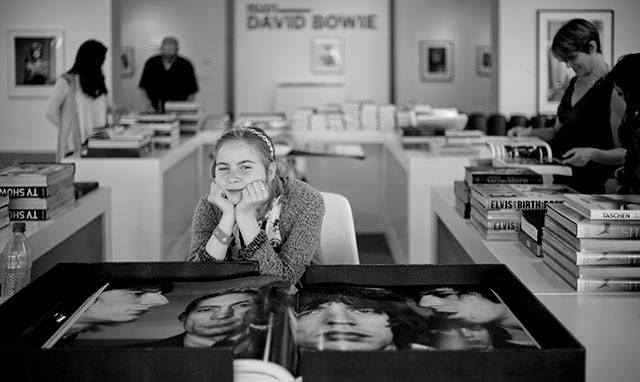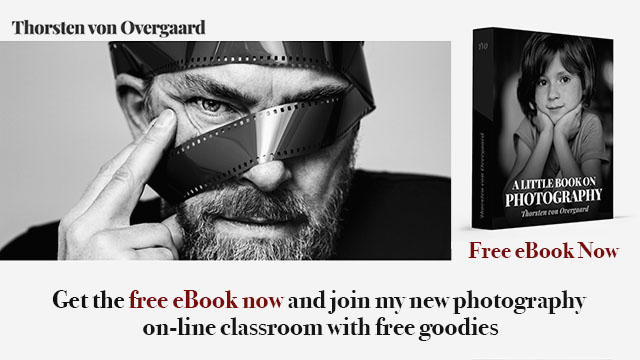By: Thorsten Overgaard. March 14, 2020.
Add to Flipboard Magazine.
I Sold my Television
I haven’t owned a television in the last 15 years. I remember a time when I felt lonely if I didn’t see the usual faces on the news every night.
I guess I changed, but also television changed. One day I had had enough of it and decided to sell both of my television sets. I kept them off for a while, and when I realized I could actually live without them, I got rid of them.

Person-to-person talk. Leica M 246 with Leica 50mm Noctilux-M ASPH f/0.95. © Thorsten Overgaard.
What I dislike about television is that it’s bad quality imaging and storytelling. Most of it is lacking so much data you cannot draw any conclusion or learn anything from it. Actually, it has so little correct information you can’t even trust what you see. People making television are not doing storytelling.
I am talking about television programs, not movies being made for the cinema or streaming services, which are then adopted to television. And there are single well-made television programs from time to time being made; but the overall idea of television model is to keep you glued to the screen at any cost.
Most television is made to fill the gaps between the commercials. The only art applied in today’s television is to keep you glued to the screen so they have ratings to show to their advertisers.
But most importantly, the image quality* of television is really poor and spoils your aesthetic sense.
 Bokeh and monochrome tones. Leica M 246 with Leica 50mm Noctilux-M ASPH f/0.95. © Thorsten Overgaard.
Bokeh and monochrome tones. Leica M 246 with Leica 50mm Noctilux-M ASPH f/0.95. © Thorsten Overgaard.
As an artist and photographer, you shouldn’t allow you imagination and vision to be ruined by television.
As a citizen you shouldn’t allow yourself to be exposed to the terror of the world. Once you turn it off, you can see clearer, think freer and imagine a better world.
As a parent, you should encourage creation and imagination in your children, provide them proper information sources and not let them sit in front of a screen that sell terror, medication and credit cards.

Daydreaming about photography and music. © Thorsten Ovegaard.
*) Image quality is clarity of image, details of skin and texture, correct colors, pleasing and correct tonality, harmonic and pleasing composition of the image, and good sound quality of voice and room acoustics … none of which you will experience on television.
But, movies will often have all the above mentioned qualities, as well as storytelling, inspiration and rhythm (how the clips are put together to tell the story). But movies should be viewed on a proper screen in the cinema, or a good quality screen that does not ‘enhance’ the image with special effects but show it like the director and director of photography intented.

Anderson Coper how he looks through a television vs. how he looks in a still photo.

George Clooney how he looks through a televisiona and how he looks in a still photo.
More to come ...
I hope you enjoyed today's Story Behind That Picture. As always feel free to email me with ideas, questions, suggestion.

![]()
